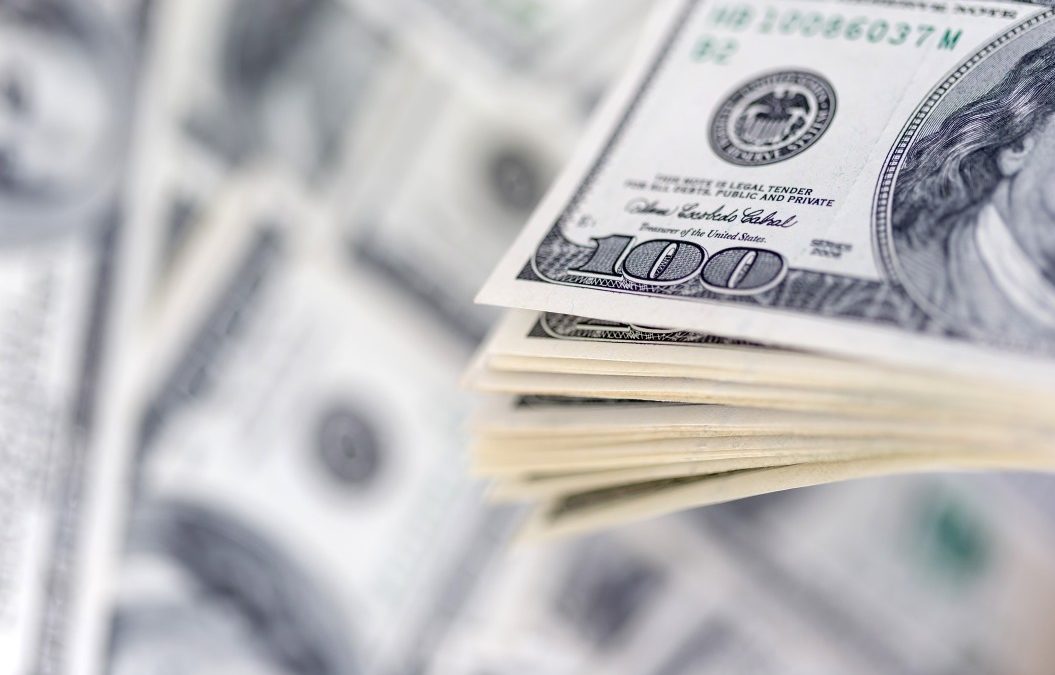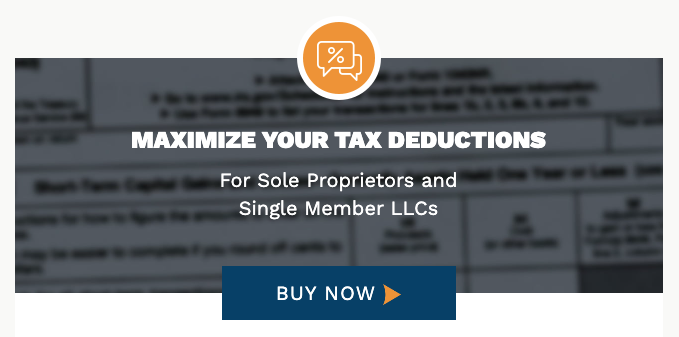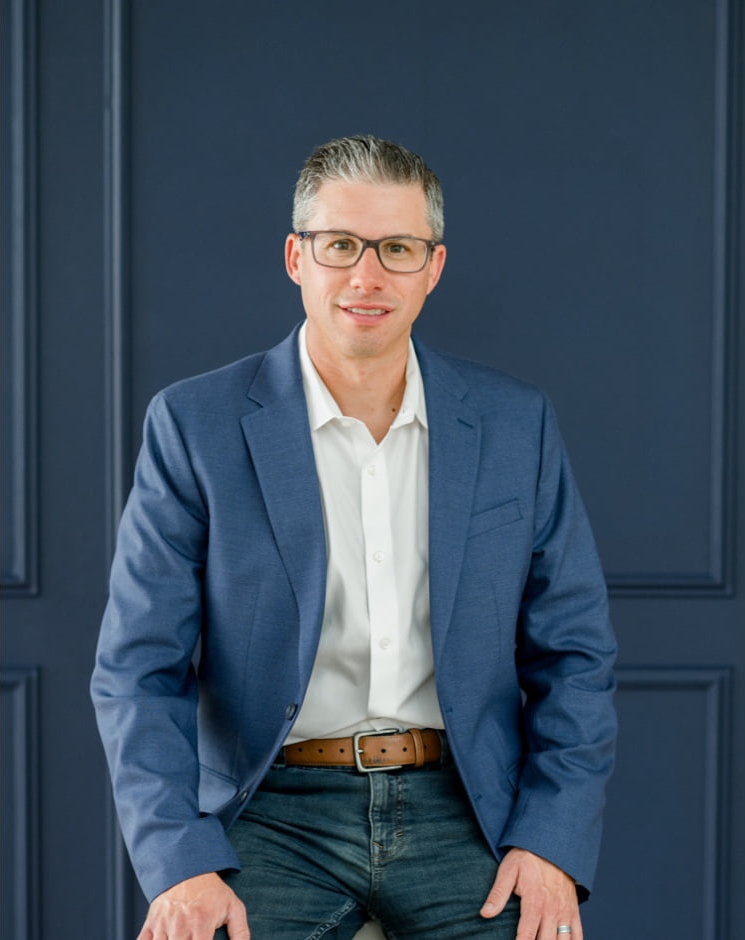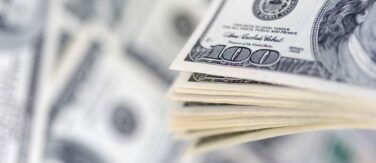Regardless of how much money you make in your interior design business, paying taxes is always a drag.
Owning a big number, though? That’s pain on an entirely different level. When I work with interior design clients, my main goal is to help them save money on their taxes and minimize end-of-year surprises.
Going into tax season knowing what you owe and having a chunk of cash stowed away for it makes forking over your hard-earned cash a bit more bearable.
The best way to save money on your taxes is to work with an accountant who specializes in your industry. If you don’t currently have one, finding one should be your top priority.
The strategies we’re about to discuss have helped save interior designers thousands on their taxes. Not once, not twice, but year after year. These tips should serve as a starting point on your journey to lower tax payments.
If you’re not currently doing them, don’t worry. Just make a commitment to start today and try to implement a new strategy every three to six months.
Without further ado, here are some of the best ways to save money on your taxes.
1. Most successful designers have a retirement fund in place to generate tax-deferred savings.
Fact: 42% of self-employed professionals and small business owners are not preparing for retirement. Source: Freshbooks
Unfortunately, this sad statistic holds true for the majority of interior designers I work with. It’s not that they don’t understand the importance of saving for retirement. They just don’t know where to start and how to save.
Deciding which tax-deferred retirement fund is best for you depends on the size of the business and how much you want to set aside.
The guidelines below are designed to point you in the right direction. It’s best to review your options to ensure you pick the right one. Each fund has its own rules and regulations, and you’ll want to enlist a CPA or read the fine print on each before you begin investing in one.
Self-Employed Designers
A personal retirement plan is the optimal way for self-employed designers to save for retirement. The best types of funds include 401ks and IRAs—traditional, Roth, and SEP—and each has its own contribution limits and tax advantages.
Design Firms
For designers with employees, the best type of fund to use is an IRA. The size of your business dictates the type of IRA you’ll need, typically a SEP or a SIMPLE IRA. With a SEP, the percentage you contribute to each employee account must equal what you put in your own account. For SIMPLE IRAs, your contribution requirement is smaller (you typically match what your employee contributes up to a certain percentage) as is the limit you contribute to the fund.
Here’s how tax-deferred investment accounts work:
You put money into the retirement account and subsequently invest (or have your CPA or financial advisor invest) those funds into various investment accounts. Any income you earn on your investments is tax-deferred.
To illustrate…
Susan, an Atlanta-based interior designer, sets up an IRA for her tax-deferred retirement savings. Throughout the year she invests $2K in her account. It yields a 6% investment income and is worth $2,120.
Susan isn’t required to claim the $120 that her account gained on her taxes as it’s in a tax-deferred account.
2. Successful designers structure their businesses properly.
Yes, this sounds tame, but stick with me…
Structuring your business properly is the most important way to save money on your taxes.
Figuring out how to set up your business sounds pretty straightforward. If you’re a one-owner business, you might have formed your business as a sole proprietor. If you started your business with a few others, the most obvious selection is a partnership.
The problem is… in many cases the most obvious answer is incorrect. Worse yet, the wrong structure has the potential to majorly impact your tax payments.
Consider my Providence-based design client who owed nearly $20K to Uncle Sam. She started her business as a sole proprietor and as such, registered that way with the state.
As she grew, she hired employees. The problem? She never changed her operating structure. When she discovered the issue at tax time, it was too late. She was forced to pay self-employment tax and income tax on her income.
Now that we’ve restructured her business properly, she’s saving an average of $15,000 annually on her taxes.
Remember, you can change the structure of your business at any time. When you do so, the government considers your business a brand-new entity, and it falls under a new tax structure.
3. The most successful designers choose an accountant who specializes in the design industry.
Creatives are different. In fact, your business is so nuanced, you have specific software devoted to it. For this reason, it’s highly recommended that you deal with an accountant who specializes in design clients.
Here are just some of the benefits you’ll reap from working with an accountant who understands your business:
Cloud-Based Accounting
The traditional model of visiting your accountant’s office once a year at tax time is ineffective and antiquated. Choose a CPA who understands the mobility of your job, one who is dedicated to helping you look like the expert to your client, even if you’re designing a house 500 miles away.
With a cloud-based accountant, you get immediate support whenever and wherever you need it.
Streamline Your Financials by Removing Unnecessary Business Expenses
I have a client who, prior to working with us, had three (yes, three!) people managing her financials. She used a bookkeeper to manage her day-to-day expenses, a design manager specialist to help with her accounting on that system, and a traditional accountant to do her taxes.
This isn’t only a huge inefficiency, it’s a waste of time and money.
Maximize Your Business Deductions and Minimize Your Payments
The more an accountant works with a particular type of client, the better they understand the interior design business. The more an accountant knows the design business, the easier it is for them to find ways to maximize their client’s money.
As I said in the beginning, don’t freak out if you aren’t currently using these strategies or—in the case of structuring your business—you aren’t sure you’re structured appropriately.
Peter’s Profitability Tip:
Small changes today will have huge payoffs in the long term. Start with small goals and continue to measure and improve.
Looking for More Specifics on Tax Deductions?
We actually offer a concise course on this:








